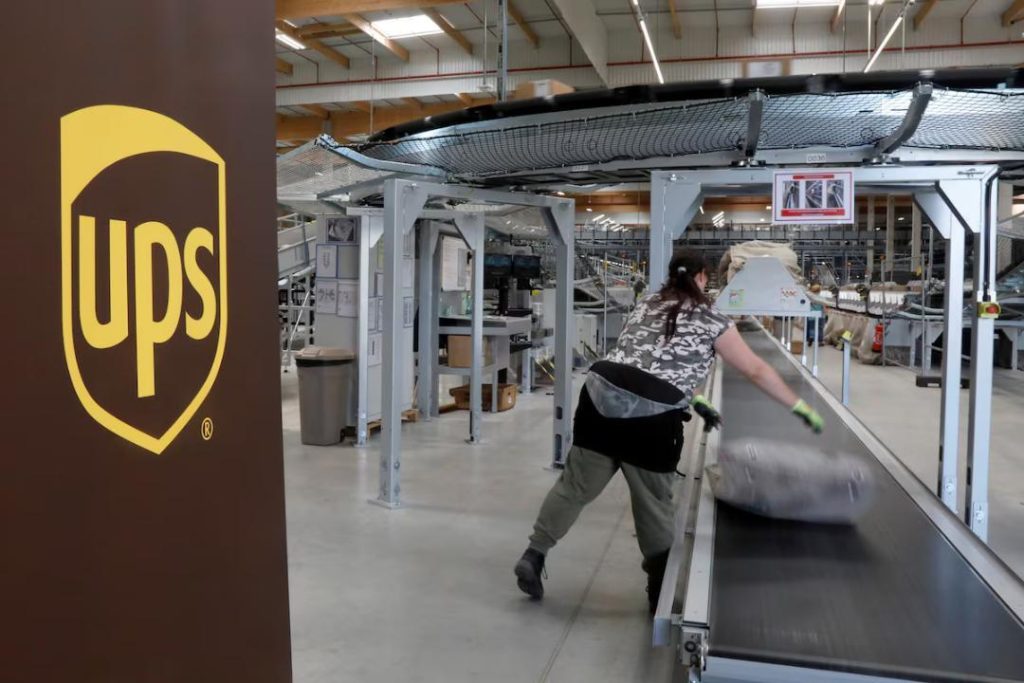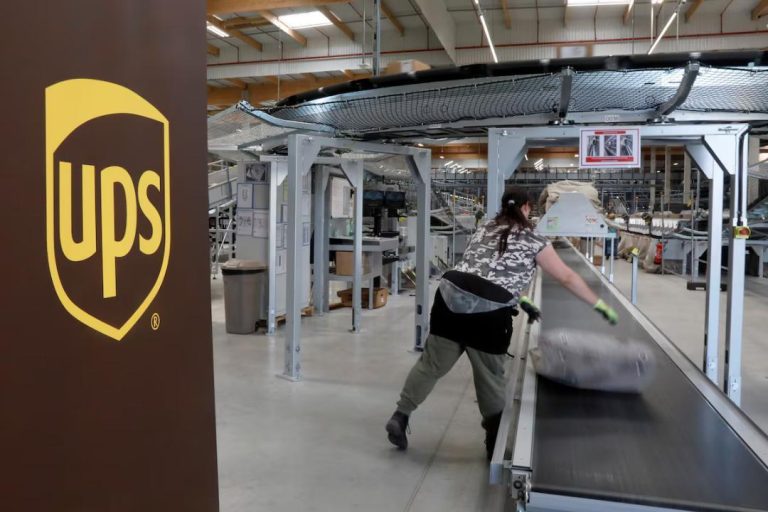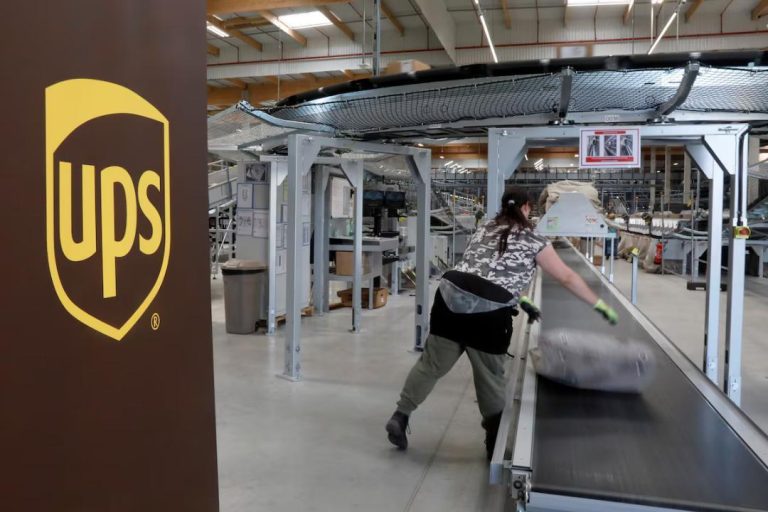
UPS to Cut 20,000 Jobs to Lower Costs & Prepare for Potential Pullback from Amazon
In a move aimed at reducing costs and preparing for a potential pullback from its largest customer, Amazon, United Parcel Service (UPS), the world’s largest package delivery firm, announced on Tuesday that it will cut 20,000 jobs. The company will also shut down 73 facilities as part of its efforts to reconfigure its network and streamline its operations.
The job cuts and facility closures are expected to result in significant cost savings for UPS, which is facing increasing competition in the package delivery market. The company is attempting to adapt to a changing landscape, where e-commerce growth is slowing and online retailers, including Amazon, are looking for ways to reduce their shipping costs.
“The actions we are taking to reconfigure our network and reduce cost across our business could not be timelier,” said UPS CEO Carol Tome. “We are taking decisive actions to adapt to the changing market and position ourselves for long-term success.”
The job cuts will affect both unionized and non-unionized employees, and will be implemented over the next few months. UPS has not yet released details on which jobs will be eliminated or how the cuts will be distributed across its various divisions.
The facility closures are also expected to have a significant impact on the company’s workforce. UPS operates a vast network of hubs, sorting facilities, and delivery centers, and the closures will likely result in the elimination of thousands of jobs.
Despite the significant job cuts, UPS is not abandoning its efforts to grow its business. The company is investing in new technologies, such as autonomous delivery vehicles and artificial intelligence-powered sorting systems, in an effort to improve efficiency and reduce costs.
UPS is also expanding its services to include same-day and next-day delivery options, as well as expanding its international shipping capabilities. The company is also investing in its logistics and supply chain management capabilities, in an effort to better serve its customers and differentiate itself from its competitors.
The job cuts and facility closures are a significant blow to UPS employees, who have been working hard to meet the increasing demands of the e-commerce boom. The company’s decision to cut jobs is a clear indication that the package delivery market is experiencing significant changes, and that UPS is attempting to adapt to these changes in order to remain competitive.
Amazon, which is UPS’s largest customer, has been a significant driver of the company’s growth in recent years. However, Amazon has also been a source of tension for UPS, as the online retailer has been pushing to reduce its shipping costs and improve its logistics capabilities.
Amazon has been investing heavily in its own logistics and delivery capabilities, and has been expanding its network of delivery stations and sorting facilities. The company has also been testing new delivery options, such as drone delivery and autonomous delivery vehicles.
As Amazon continues to grow its logistics capabilities, it is likely that UPS will face increasing pressure to reduce its costs and improve its efficiency. The company’s decision to cut jobs and shut down facilities is a clear indication that it is attempting to adapt to these changes and remain competitive in the market.
In conclusion, UPS’s decision to cut 20,000 jobs and shut down 73 facilities is a significant move aimed at reducing costs and preparing for a potential pullback from its largest customer, Amazon. The company is attempting to adapt to a changing market, where e-commerce growth is slowing and online retailers are looking for ways to reduce their shipping costs.
While the job cuts and facility closures will have a significant impact on UPS employees, the company is investing in new technologies and expanding its services in an effort to remain competitive. As the package delivery market continues to evolve, it is likely that UPS will face increasing pressure to reduce its costs and improve its efficiency.



